In concert with @plunker's answer, if we were instead using synchronous workers with gunicorn (or indeed Apache with modperl or myriad others) the processes timeshare the CPU(s) between them, and each request would be handled one after another as the OS is able to schedule them. The individual process handling a single request blocks the CPU until it has finished and all pending I/O has finished. In this scenario you need precisely as many CPUs as you desire your workers to handle simultaneous requests. With one CPU and any number of workers your case is limited to 3.5 requests per second. Any excess requests are buffered by the control thread up to some limit (e.g. 1000 pending requests).
If we have asynchronous workers, as soon as an await call is made the worker can put the request to sleep and allow the CPU to take up another thread. When the awaited event occurs (e.g. DB responds with data), the thread is requeued. As such an async worker and CPU are unblocked whenever await is executed, rather than when the worker completes the request handling.
Network requests occur in the domain of milliseconds, whereas the CPU is operating in the domain of nanoseconds, so a single request to a DB or disk can block a CPU for potentially millions of operations.
Outside of substantial processing happening in your worker (generally a bad idea for availability), a single CPU might address all workers' processing demands before the first DB request is answered. That may explain your 8x performance increase over a single worker.
How many workers can you run on one CPU?
A contemporary virtualised CPU may have 4-8GB available to it, and memory usage scales linearly with the number of workers after the first. Allowing for growth of a worker over its lifespan as well as leaving some memory for disk caching leads me to recommend not allocating more than 50% of the available memory. This is application specific.
There are overheads associated with the control thread dispatching traffic, expiring and respawning workers. You might weigh it like another worker in the worst case.
Finally we must consider the weakest part of the system. It might be a database shared with other apps, it might be network bandwidth. Overloading a database can be much more harmful to service quality than limiting throughput via a suboptimal number of workers.
These combined unknowns make it hard to name a number, as it varies so widely by application and environment. Tools like Apache Benchmark (ab) can be useful for smoking out performance limitations in parallel requests.
You may wish to have a fixed number of async workers per container in order to squeeze bang-for-buck out of one CPU, but I cannot comment on the relative efficiencies of context switching between containers versus between async worker threads.

